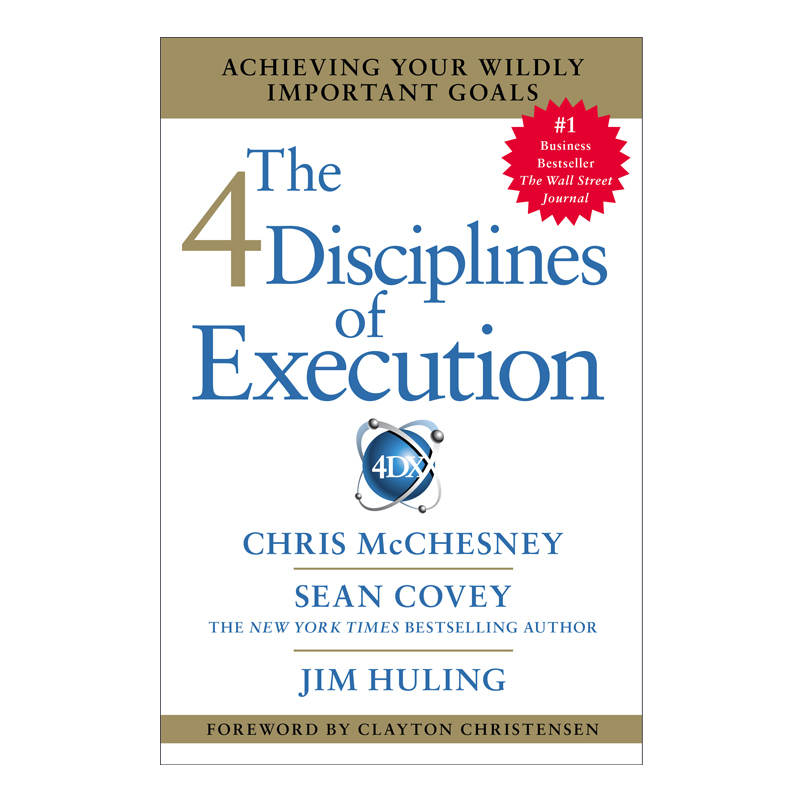
There are two principal things a leader can influence when it comes to producing results: your strategy (or plan) and your ability to execute that strategy. Stop for a moment and ask yourself this question: Which of these do leaders struggle with more? Is it creating a strategy, or executing the strategy?
Whether you call it a strategy, a goal, or simply an improvement effort, any initiative you as a leader drive in order to significantly move your team or organization forward will fall into one of two categories: The first requires mainly a stroke of the pen; the second requires behavioral change. Stroke-of-the-pen strategies are those that you execute just by ordering or authorizing them to be done. Simply put, if you have the money and the authority, you can make them happen. It might be a major capital investment, a change in the compensation system, a realignment of roles and responsibilities, adding staff, or a new advertising campaign. While executing these strategies may require planning, consensus, guts, brains, and money, you know that in the end, it is going to happen. Behavioral change strategies are very different from stroke-of-the-pen strategies. You can’t just order them to happen, because executing them requires getting people—often a lot of people—to do something different. And if you’ve ever tried to get other people to change their ways, you know how tough it is.
“To achieve a goal you have never achieved before, you must start doing things you have never done before.”
“About 65 percent of initiatives required significant behavioral change on the part of front-line employees—something that managers often fail to consider or plan for in advance.”
Whatever strategy you’re pursuing, your progress and your success will be based on two kinds of measures: lag and lead. Lag measures are the tracking measurements of the wildly important goal, and they are usually the ones you spend most of your time praying over. Revenue, profit, market share, and customer satisfaction are all lag measures, meaning that when you receive them, the performance that drove them is already in the past. That’s why you’re praying—by the time you get a lag measure, you can’t fix it. It’s history. Lead measures are quite different in that they are the measures of the most high-impact things your team must do to reach the goal. In essence, they measure the new behaviors that will drive success on the lag measures, whether those behaviors are as simple as offering a sample to every customer in the bakery or as complex as adhering to standards in jet-engine design.
Numerous studies show that once we become attached to someone, the two of us form one physiological unit. Our partner regulates our blood pressure, our heart rate, our breathing, and the levels of hormones in our blood. We are no longer separate entities. The emphasis on differentiation that is held by most of today’s popular psychology approaches to adult relationships does not hold water from a biological perspective. Dependency is a fact; it is not a choice or a preference.
A good lead measure has two basic characteristics: It’s predictive of achieving the goal and it can be influenced by the team members.
The cadence of accountability is a rhythm of regular and frequent meetings of any team that owns a wildly important goal. These meetings happen at least weekly and ideally last no more than twenty to thirty minutes. In that brief time, team members hold each other accountable for producing results, despite the whirlwind.
Important goals that require you to do new and different things often conflict with the ‘whirlwind’ of the day job, made up of urgencies that consume your time and energy.
Focus your finest effort on the one or two goals that will make all the difference, instead of giving mediocre effort to dozens of goals.
This meeting, which lasts no longer than twenty to thirty minutes, has a set agenda and goes quickly, establishing your weekly rhythm of accountability for driving progress toward the WIG.